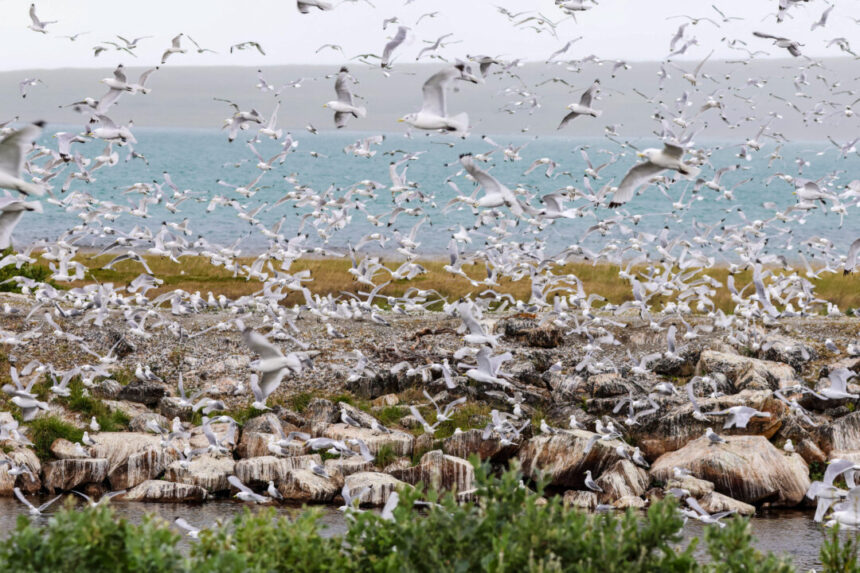Preparation has begun as Australia enters migration season.
Currently, no cases of H5N1 have been detected in Australian animals, and it is the only continent without an outbreak. However, there are concerns that the strain could enter the nation through migratory birds.
Collins said there are significant concerns about the potential impact on native wildlife, vulnerable threatened species, the broader environment, and agricultural systems, including production and trade.
Australia’s concerns about the introduction of H5N1 follow an outbreak of two other avian influenza strains earlier in 2024 that resulted in the culling of over 1.3 million meat and egg-producing birds.
“Australia remains the only continent free of this H5N1 HPAI strain, and our government will continue to focus on ensuring Australia is prepared for any future detection,” she said.
Federal Response
Leaders in emergency management, health, the environment, animal welfare, and poultry producers convened on Sept. 8. The convention aimed to examine national responses should cases in Australian wildlife be detected, consider international experience with the strain, and release key recommendations publicly following the review.
Collins said the situation remains dynamic and the government is committed to providing an agile inter-governmental, industry and community response to protect Australia.
Collins said the government has recently invested an extra $7 million (US$4.7 million) to focus on the threats posed by this strain. She also said the government had invested over $1 billion (US $667 million) in new biosecurity funding.
Wong said migratory ducks and geese are the main hosts for bird flu viruses across long distances, and Australia isn’t in the flyways of these migrations.
“However, the risk has slightly increased because of H5N1’s ability to infect additional species of wild birds,” he said.
“This increases the chance of introduction through regional or bridging species.”

Colorized transmission electron micrograph of Avian influenza A H5N1 viruses (seen in gold) grown in MDCK cells (seen in green) as shown in this undated handout photo. Centers for Disease Control and Prevention/Cynthia Goldsmith
Impact on Humans
The World Health Organisation notified Australia in May of a possible case of human H5N1, which the Victorian State Department of Health confirmed.
The infected individual, a two-year-old girl, remained in hospital for 2.5 weeks and intensive care for one week, following her return from India in March 2024.
However, H5N1 does not easily infect humans and human-to-human transmission is uncommon.
“It’s important people are aware human infections of avian influenza are rare—and the current risk to the Australian population remains very low,” he said.
“When there are human cases, they typically occur after a person has had close contact with sick birds and livestock or contaminated environments. Poultry workers are most at risk.”
Australians are urged to avoid contact with dead or ill wild birds to minimize their risk and immediately report any deaths to authorities.
Please rephrase.
Source link







